BMW’s bold new electric iX SUV, revealed today in near-production form, will serve as the firm’s “technology flagship” when it goes on sale late next year.
The five-seat SUV, which was previewed by the Vision iNext concept, will offer up to 500bhp from two electric motors that drive all four wheels. According to BMW’s R&D boss, Frank Weber, it will have a 0-62mph time of less than five seconds and a range of more than 373 miles.
The iX is BMW’s second dedicated fully-electric production model after the seven-year-old i3. Weber said the iX nameplate was chosen to signify the new model’s position at the top of the electric i line-up and its role in showcasing technology: it uses the new fifth-generation version of BMW’s electric drive system, and also offers high levels of autonomous and connected technology. The iX will take on the likes of the Audi e-tron quattro and Mercedes-Benz EQC, as well as offerings from EV-only firms such as the Tesla Model S and Nio ES8.
Weber said that, while broadly similar in size to the X5 externally, the interior of the iX “offers accommodation and load-carrying space comparable to the X7”, thanks to the electric platform, which makes extensive use of carbon fibre in its construction.
The iX, developed under the internal codename i20, is a departure from BMW’s previously announced plan to base future electric models on the same platforms as its existing petrol, diesel and plug-in hybrid cars. It uses a new aluminium spaceframe that supports an inner carbon fibre reinforced plastic (CFRP) structure, and a body made out of a combination of aluminium, composite plastic and CFRP.
![]()
Weber said the platform is described by Weber a “totally new development”, though he says it is “highly compatible” with the CLAR platform used for the likes of the 3 Series and X5, suggesting key elements of its engineering will be used by other new BMW i sub-brand models in the future. This shared chassis componentry is key to allowing BMW to produce the iX alongside the 5, 6, 7 and 8 Series at its Dingolfing factory in Germany.
The iX adapts the controversial design of the iNext concept in 2018, with a large blanked off grille, largely unadorned flanks, frameless doors, fixed B-pillars, and tapered glasshouse. Without the need for a front radiator, the large grille houses the cameras, radar and sensors needed for the driver assistance systems.
For the first time in a modern BMW model, the iX will feature a fixed clamshell-style bonnet. “Without a traditional engine or frunk [front trunk], there is no need for customers to open the bonnet,” said BMW design boss, Domagoj Dukec. The windscreen washer bottle is accessed via the BMW emblem above the grille. BMW’s traditional corona light graphic has been replaced by a quartet of light bands in the upper part of the slim headlamp assemblies. Full-LED lights are standard, though buyers will also be able to specify Laser lights as an option.

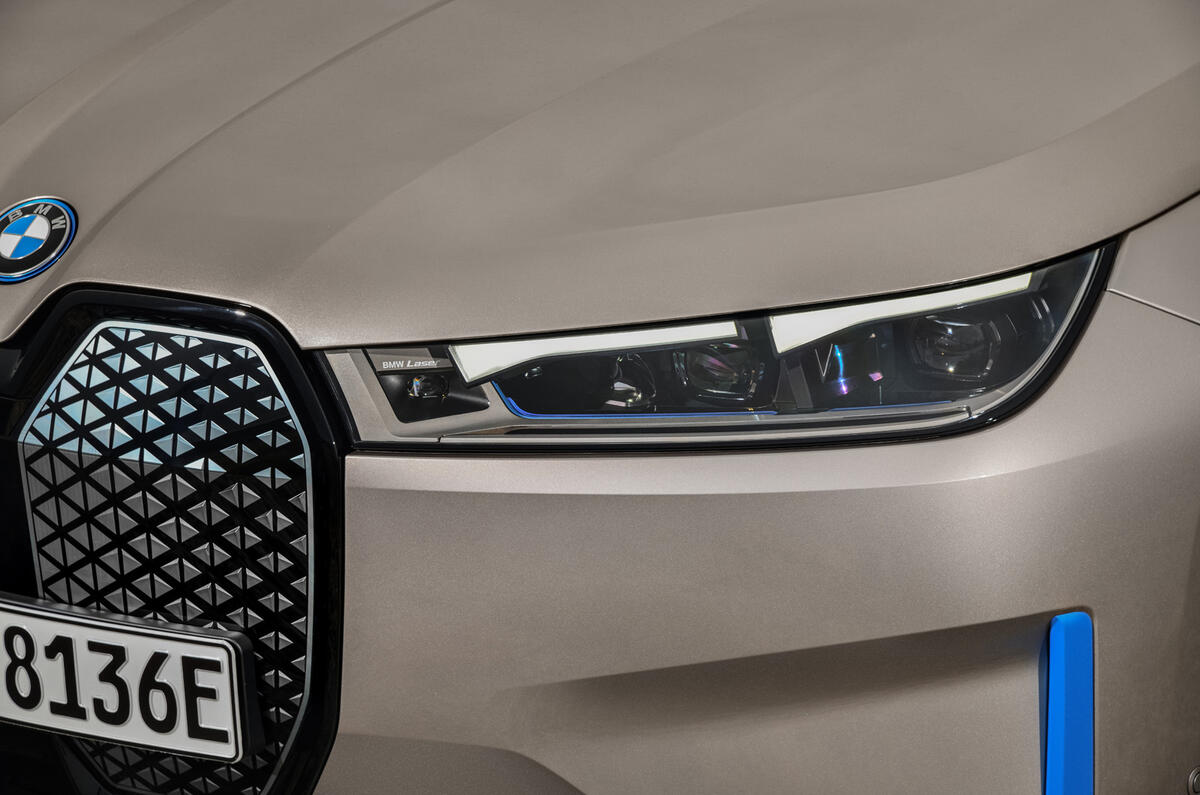
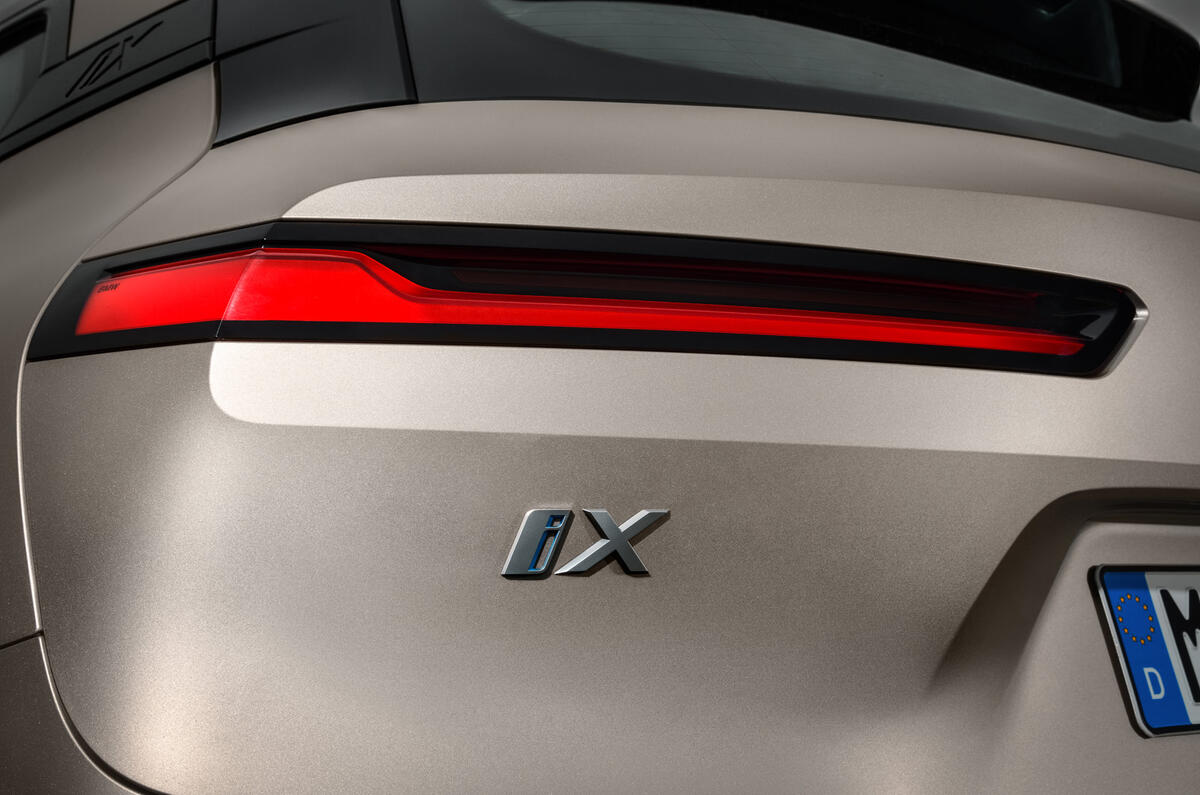
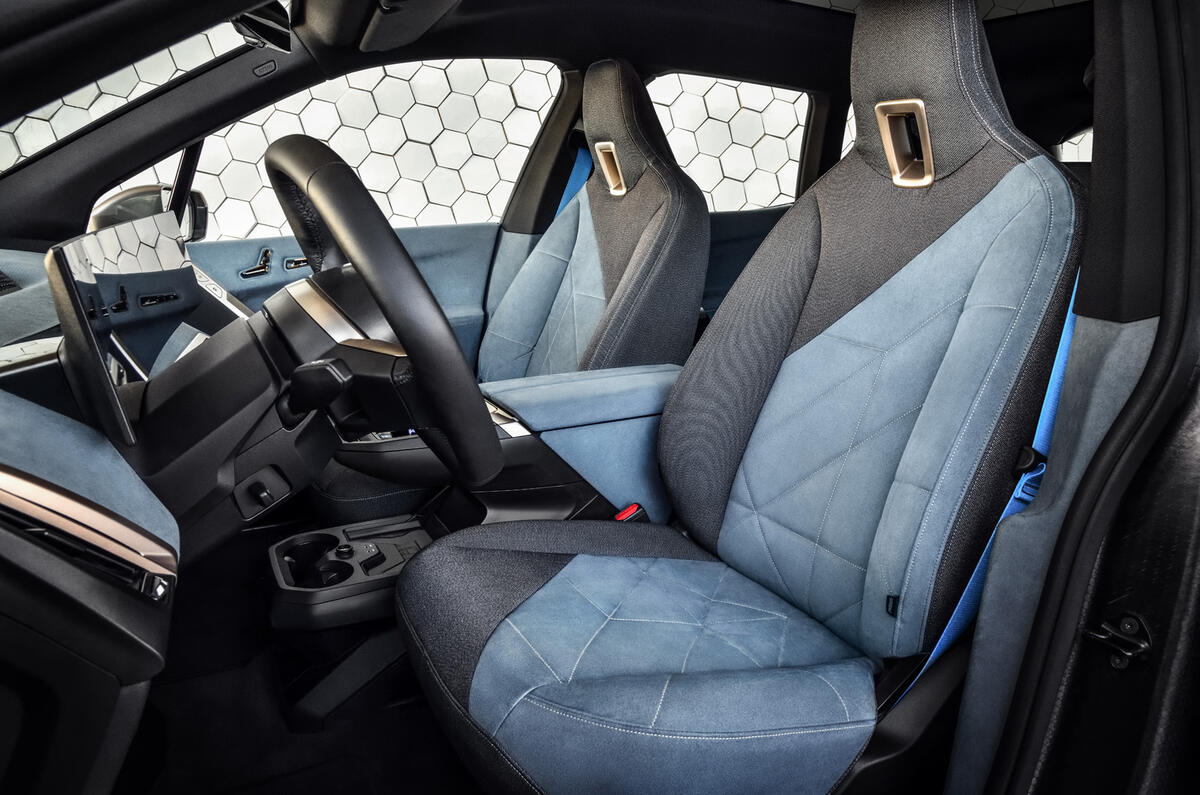
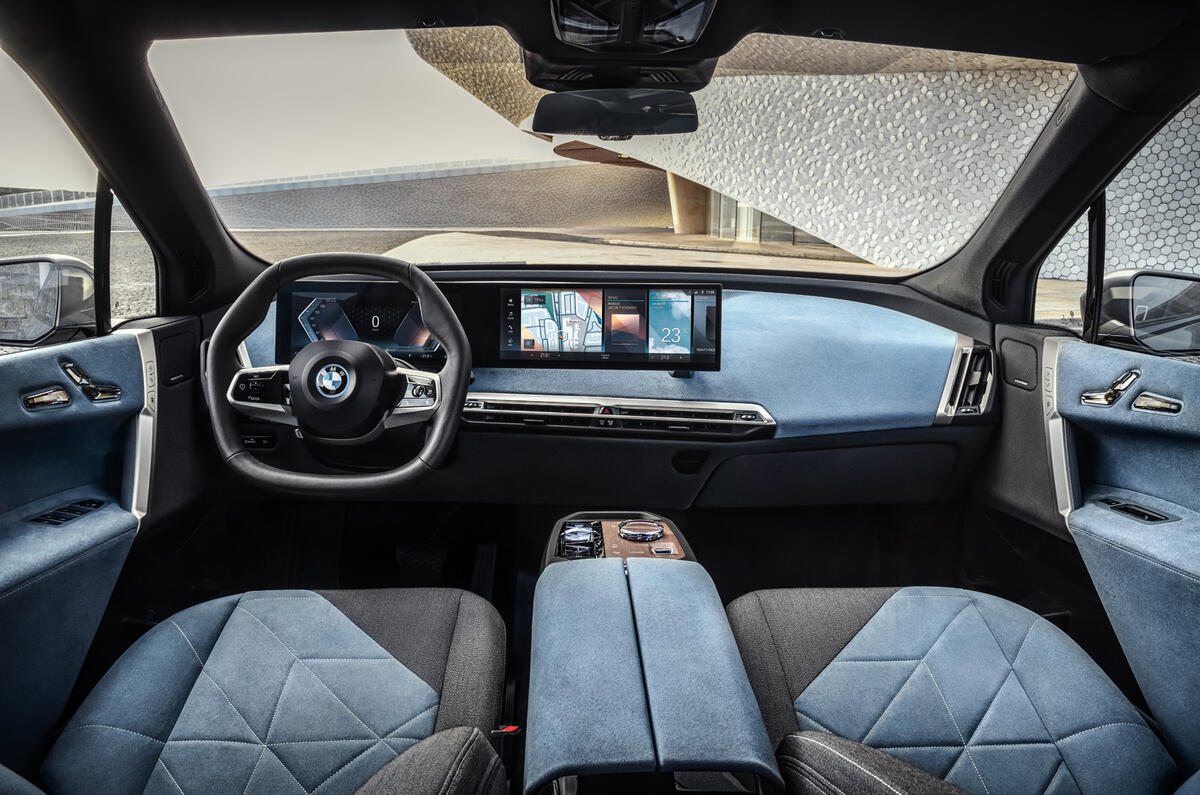
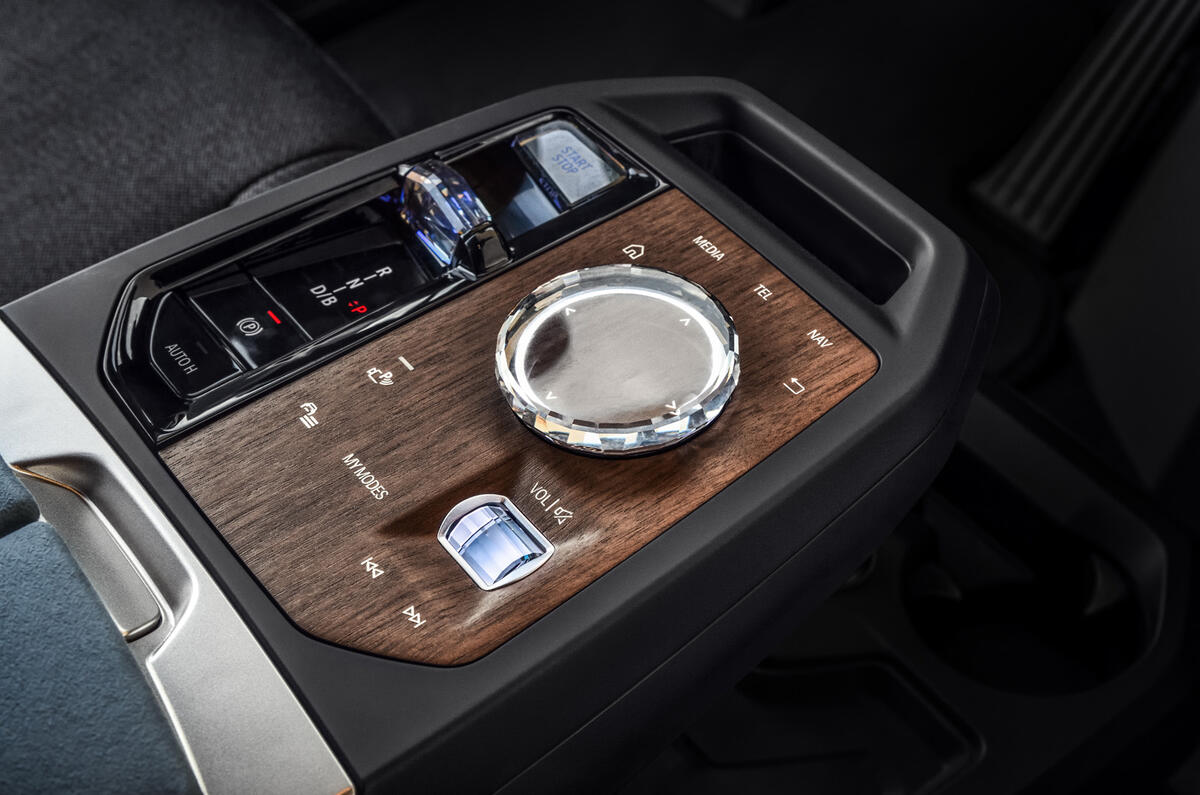
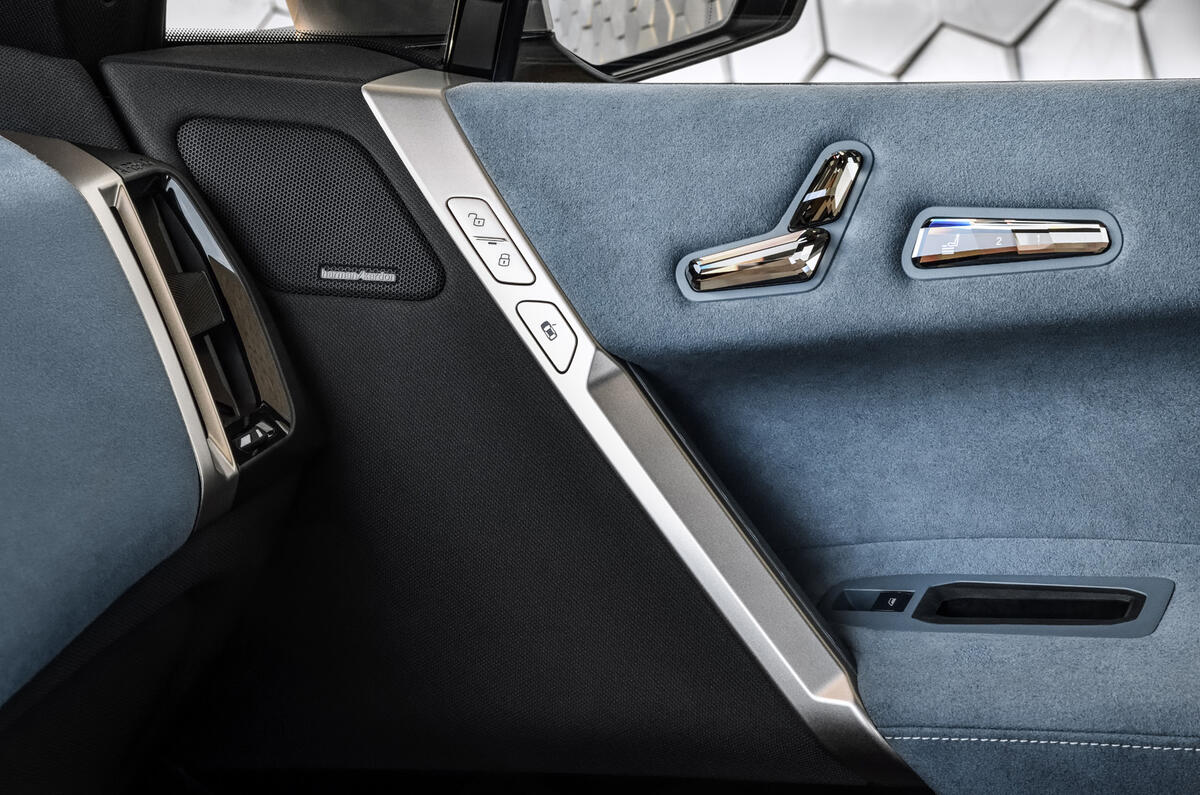
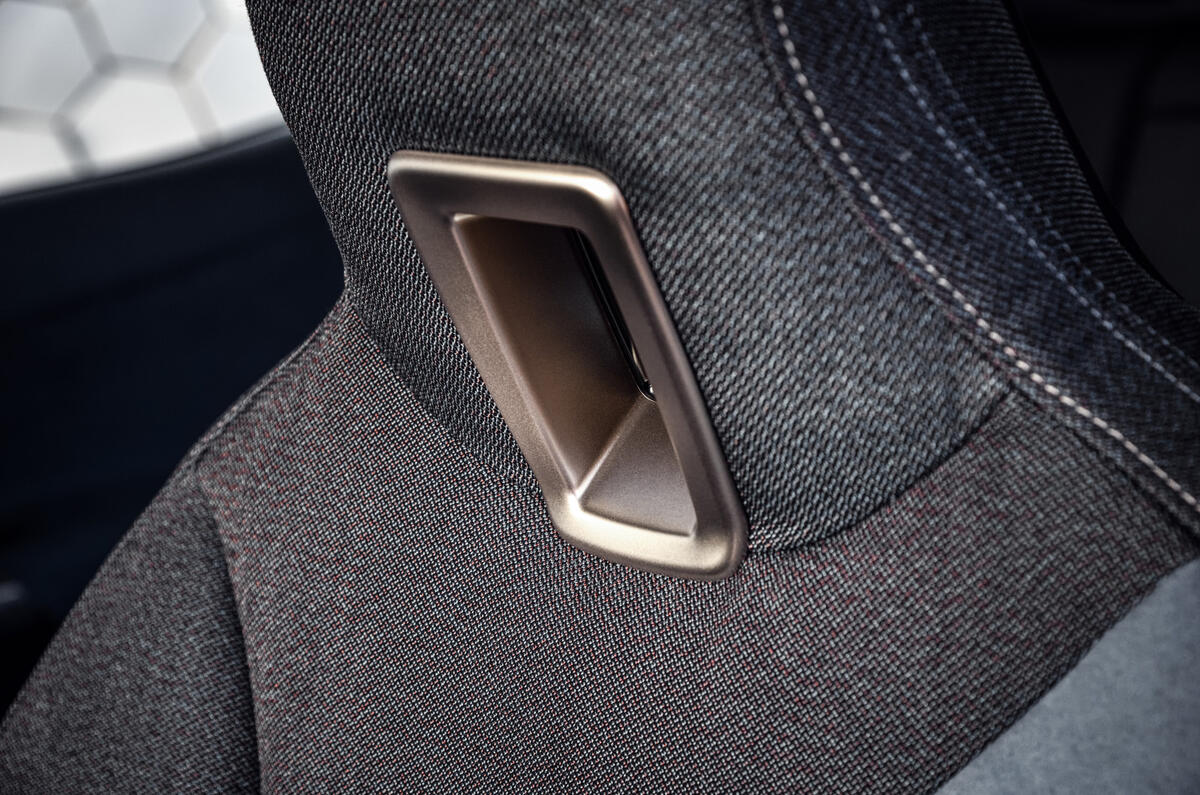
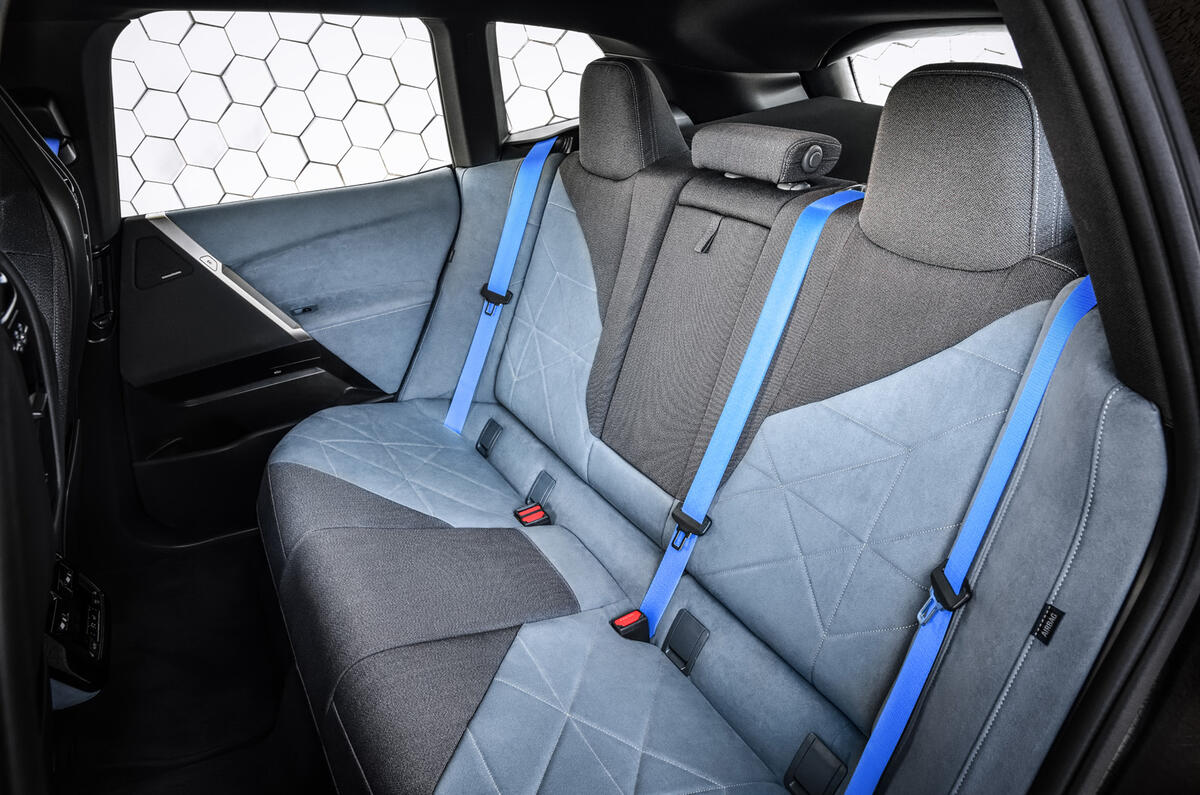
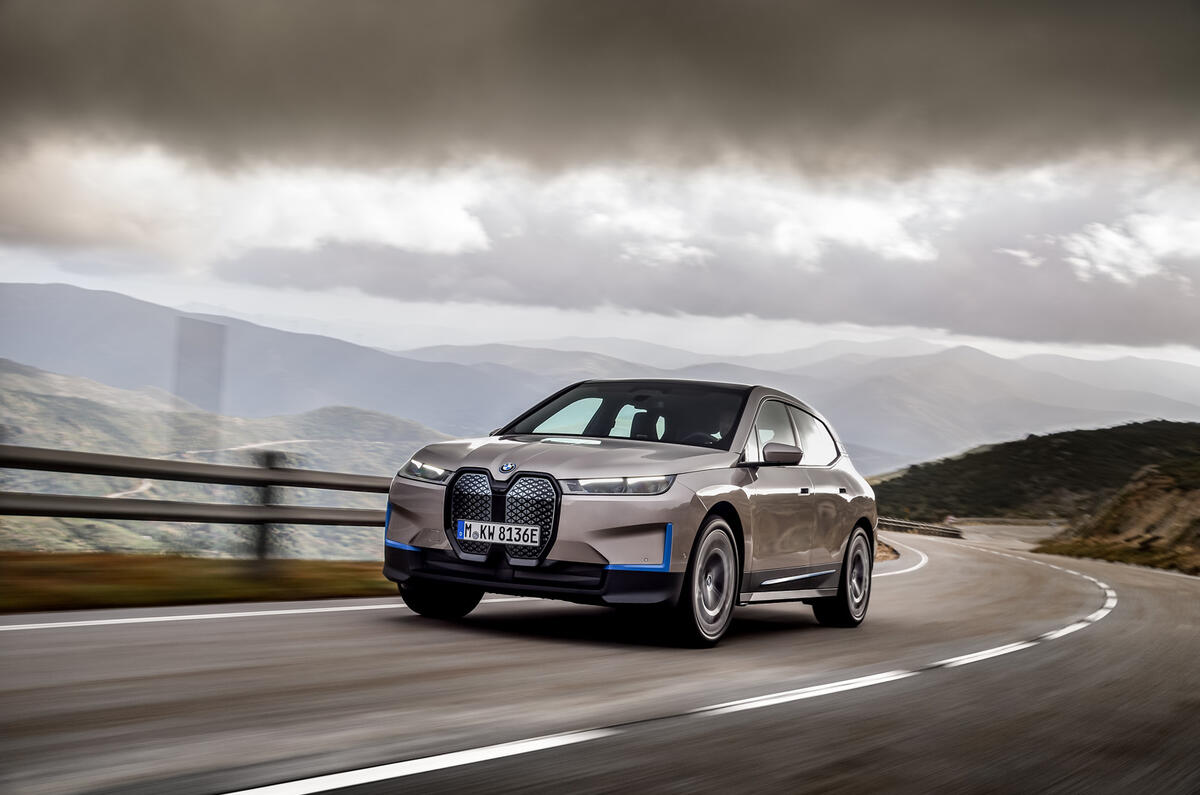
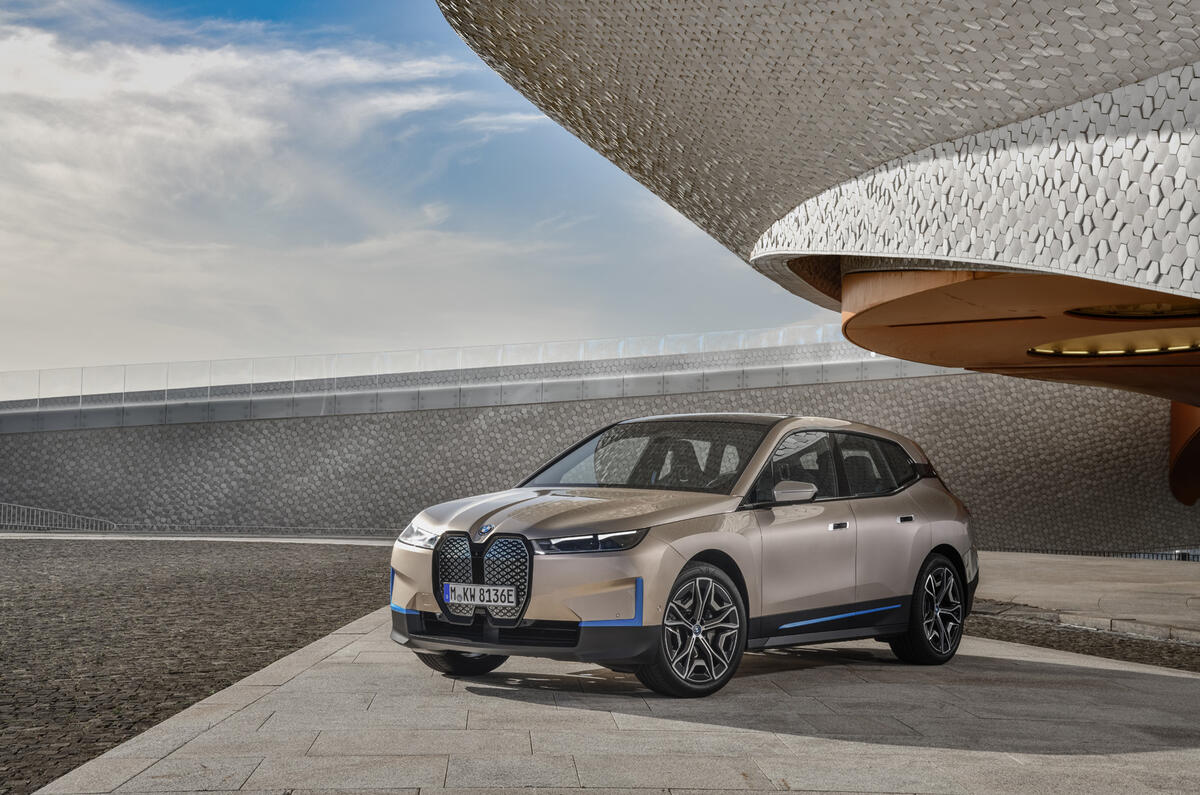
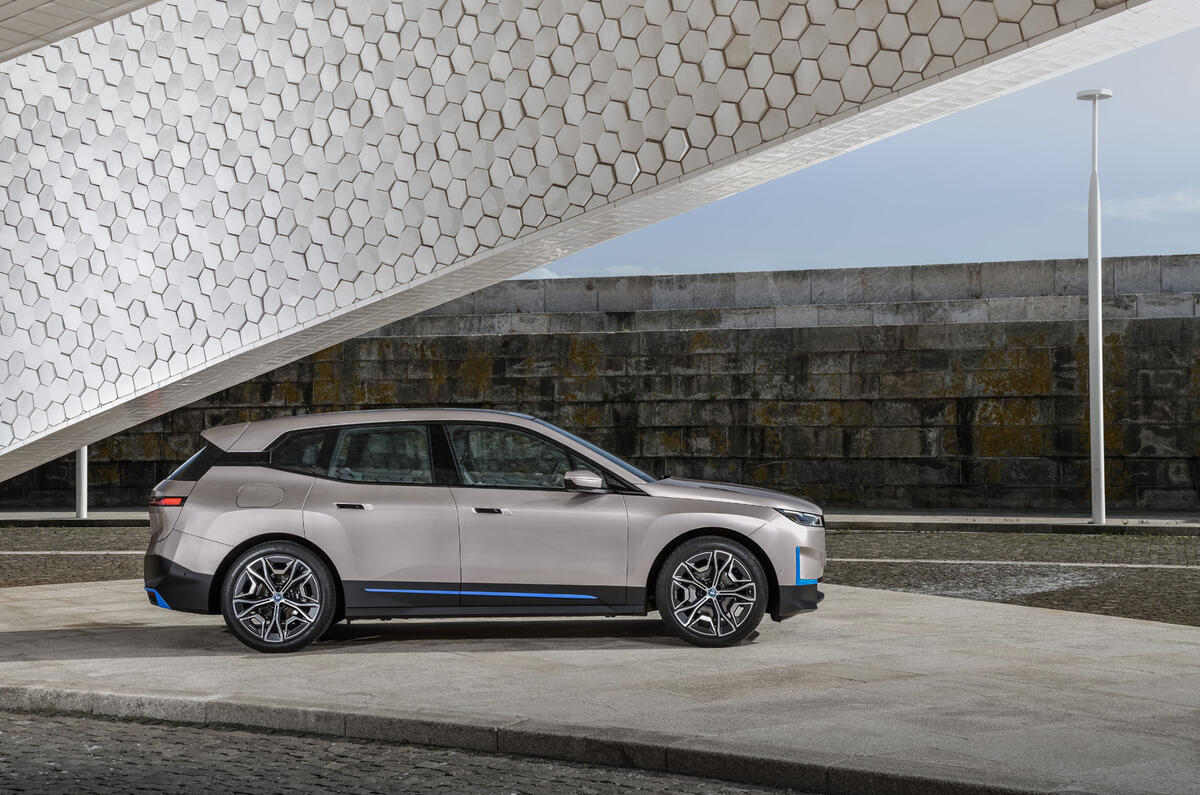
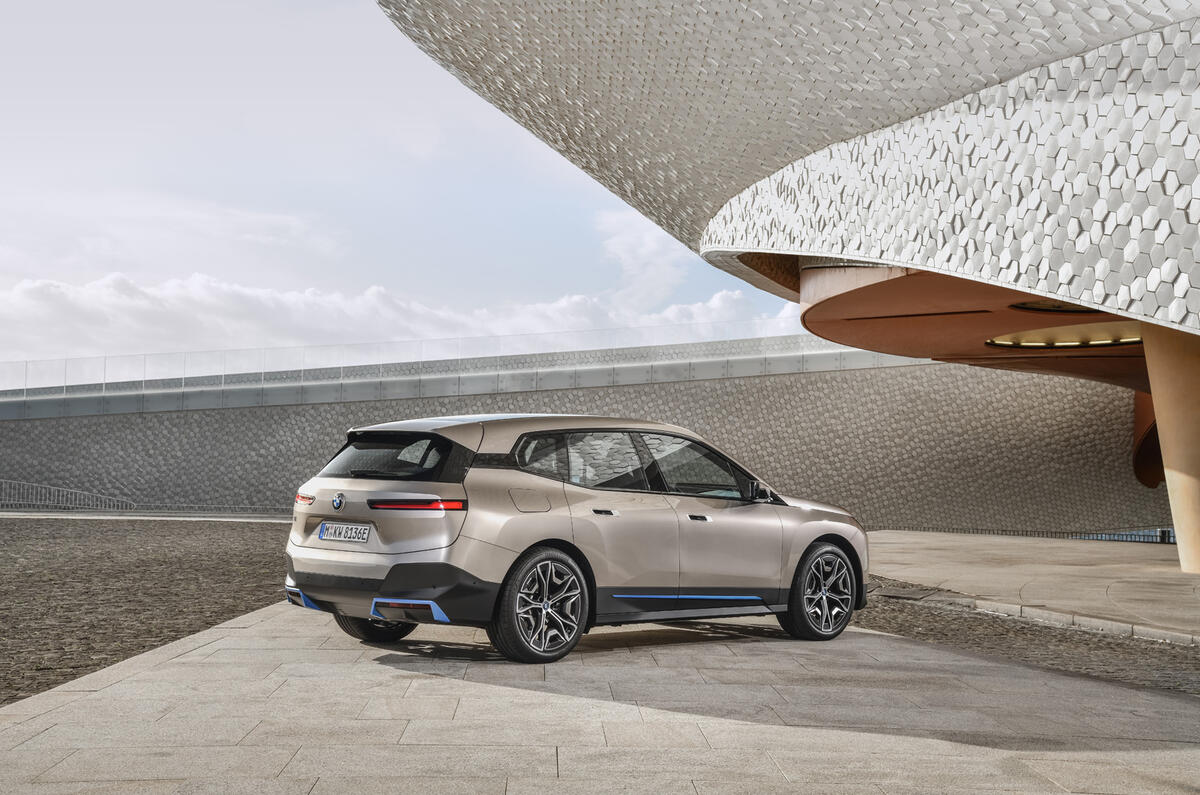
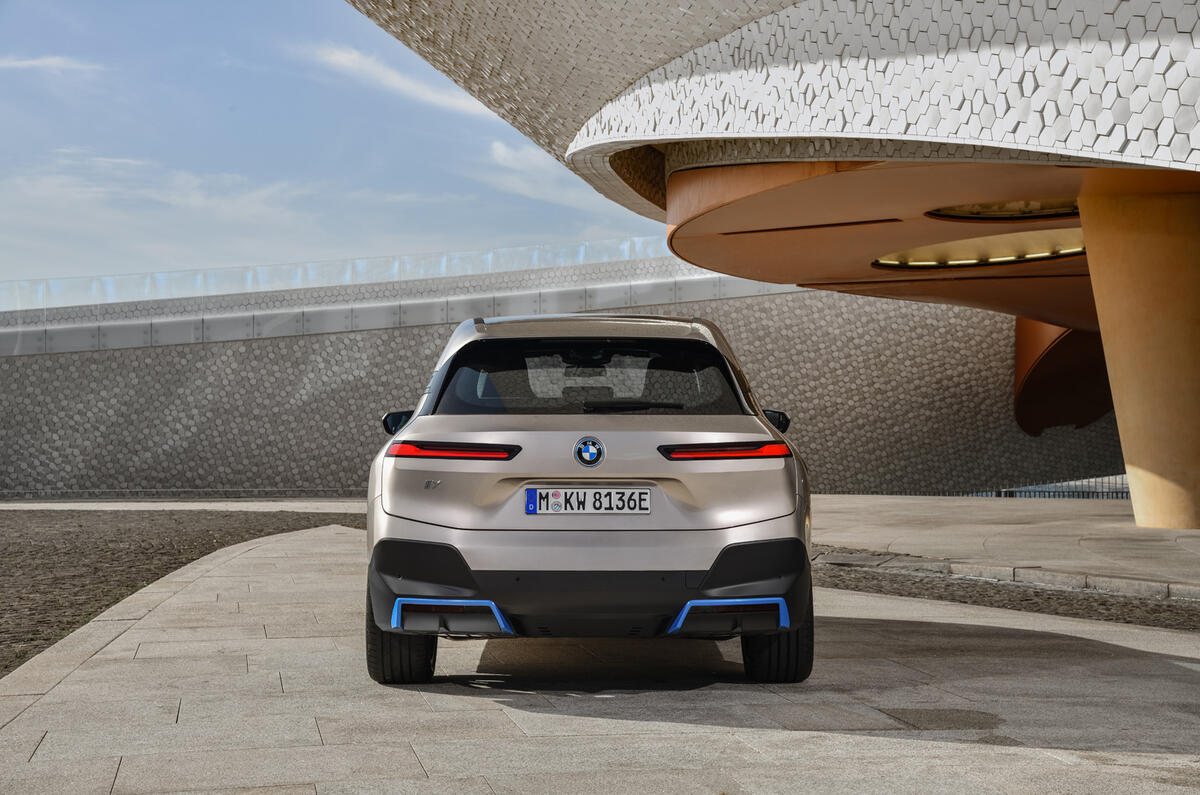
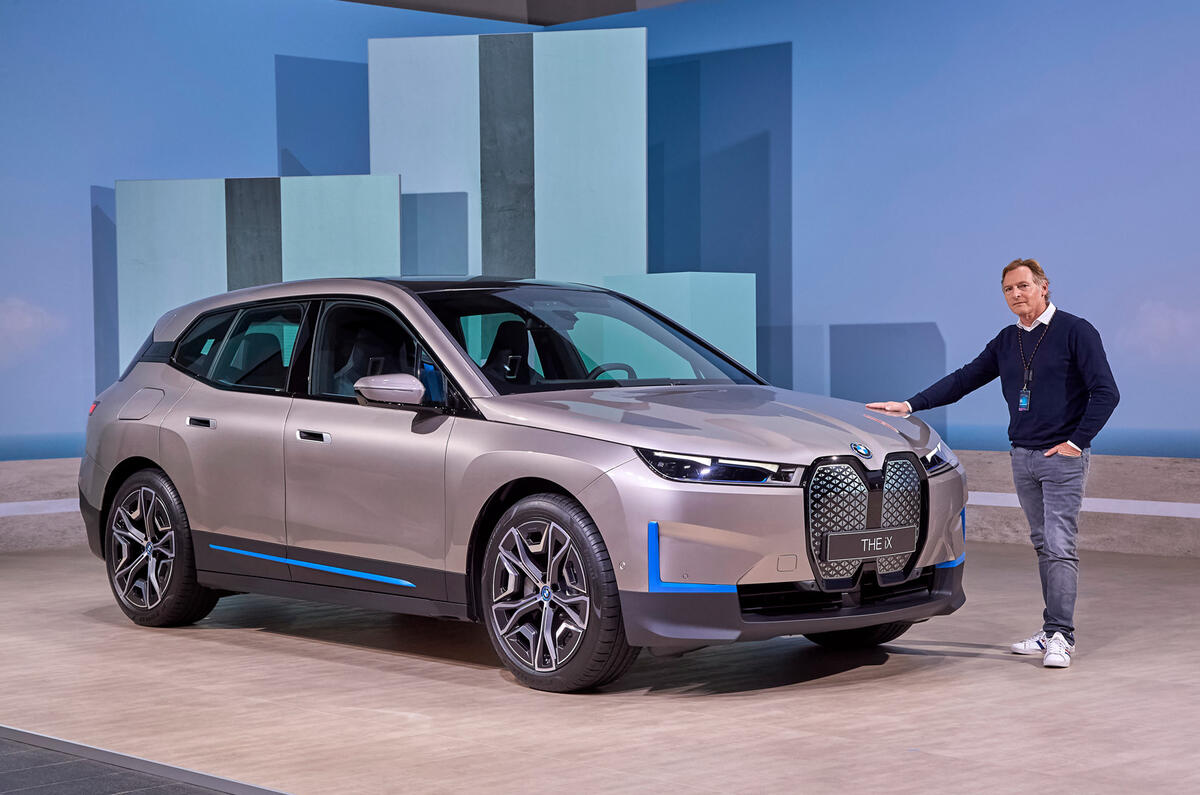
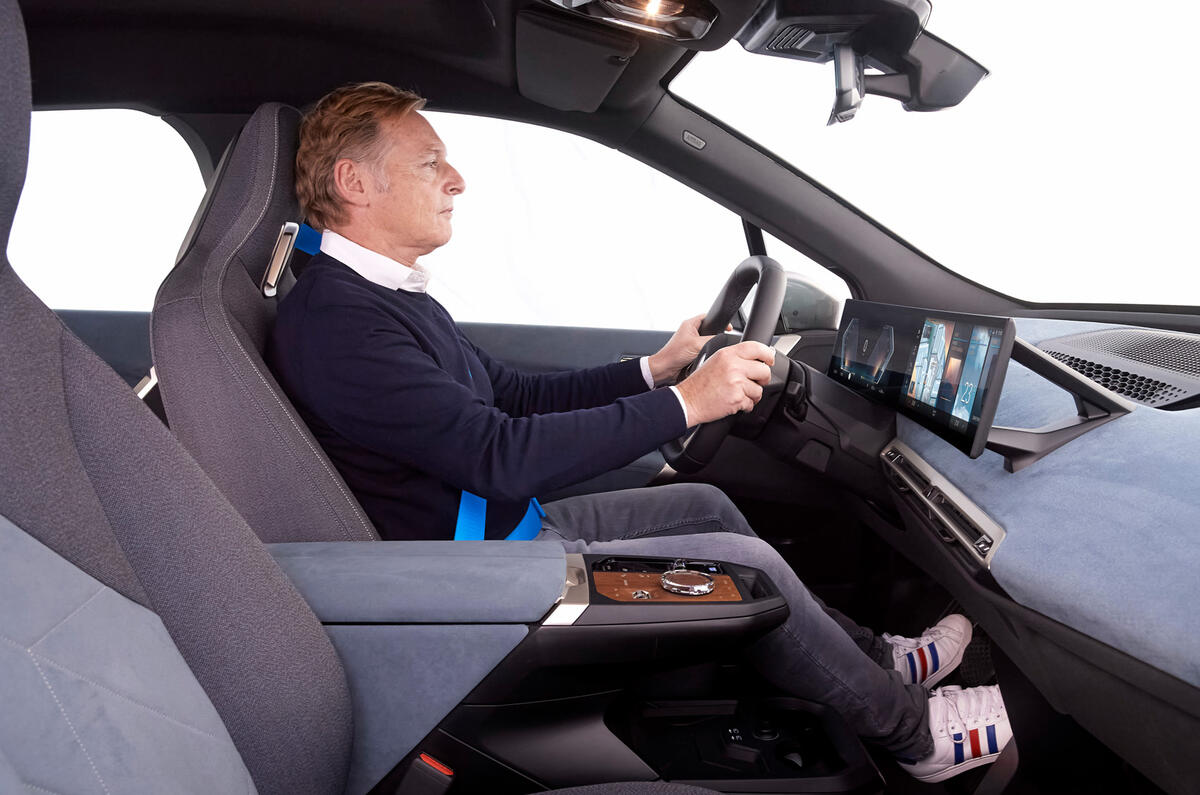
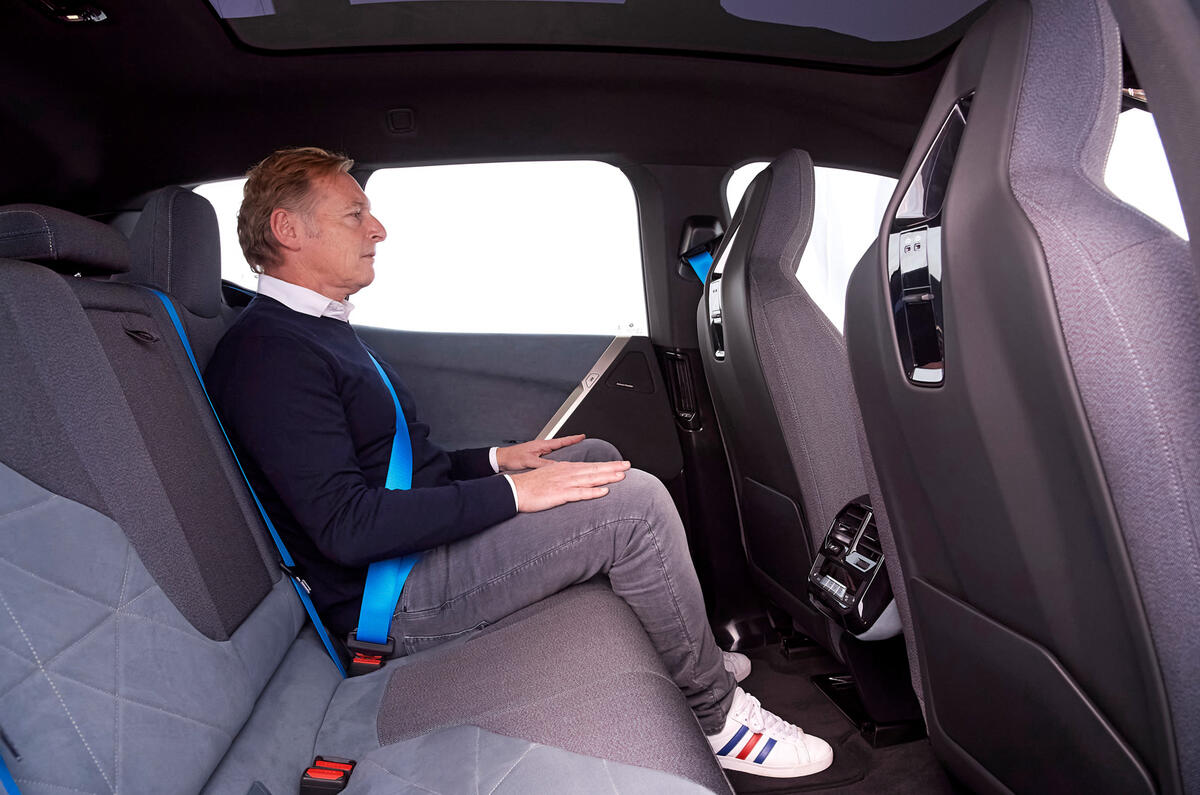
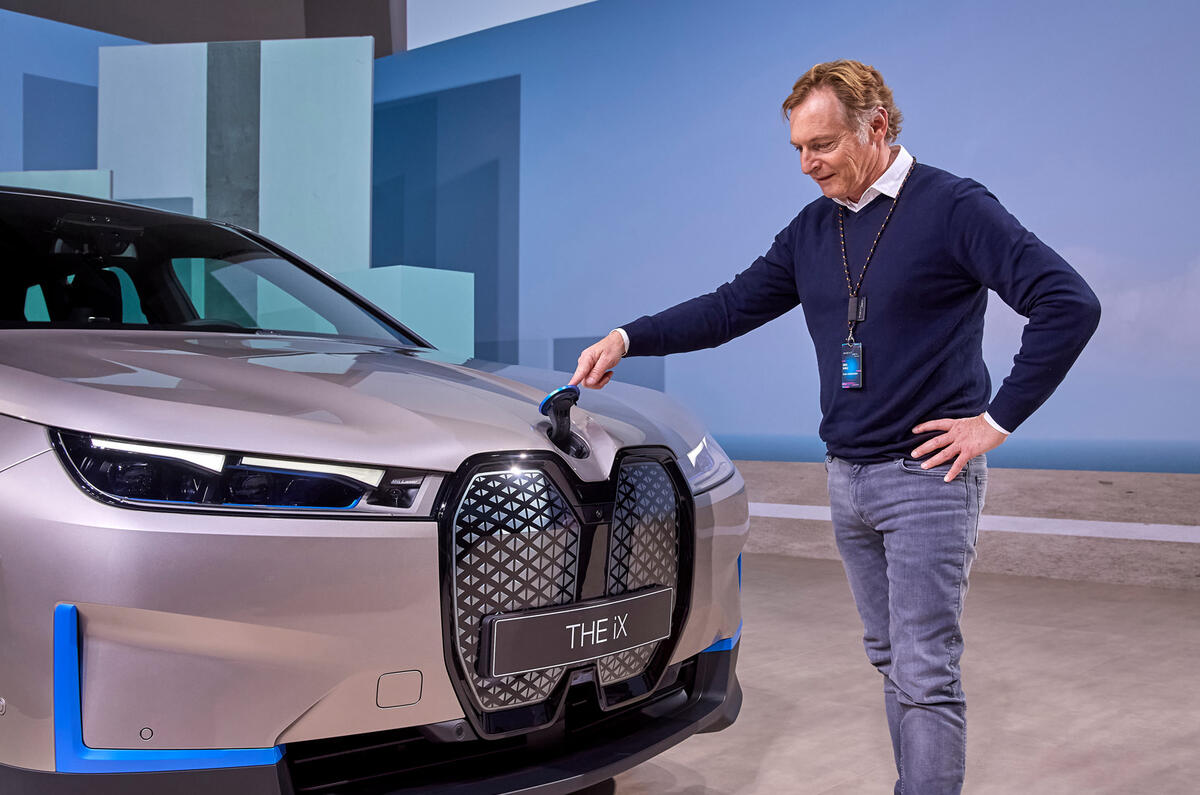
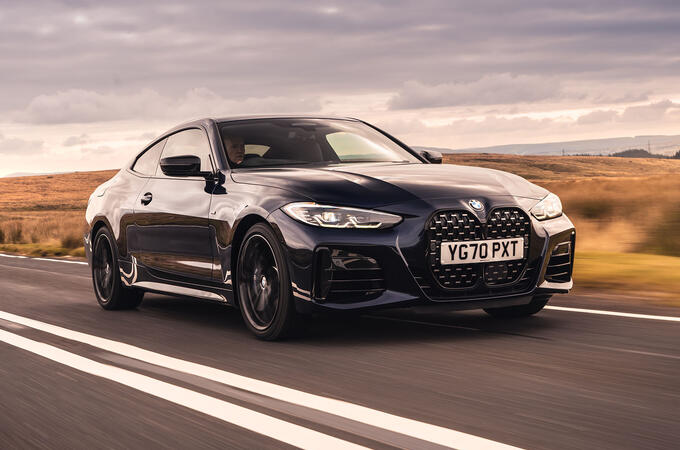




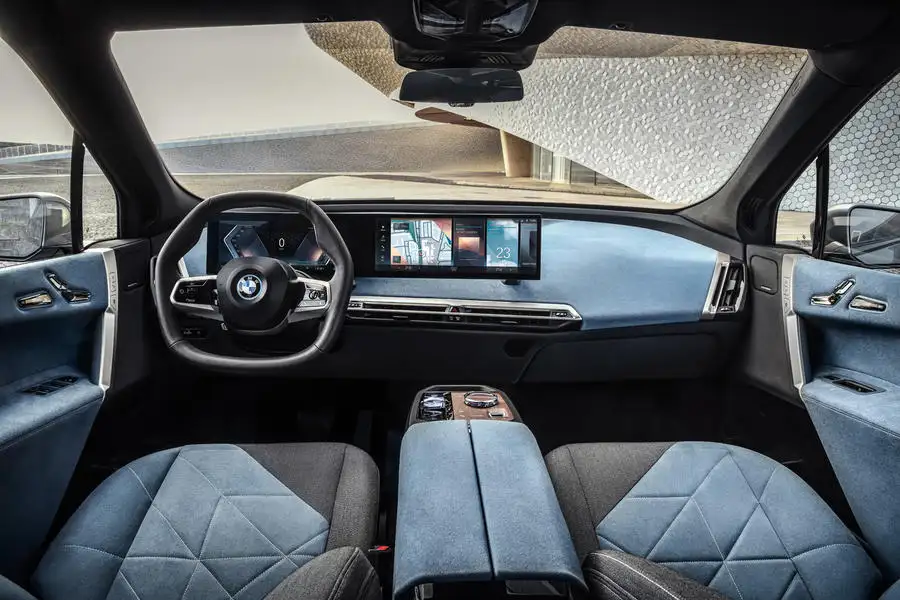

Join the debate
Thekrankis
Why the fugly snout?
It is electric. Surely they could have come up with something aesthetically pleasing on the nose?
Overdrive
Thekrankis wrote:
Agreed. I don't mind the 'big grille' treatment of some of the other new BMWs - actually like the new 4 series grille. But on this it doesn't work for me. It makes the car's nose looks swollen as if it's been punched in the face. The headlight design doesn't help the issue either, being too slim and angled to give the car purposeful look.
The profile and rear look better though..
A34
Big and ugly...
So presume they dont want to sell many. Interesting to compare with the svelte, pretty Kona update also this week, at a third of the cost, probably similar range in the real world. I can understand dropping 30K on an E-Niro or Kona at this stage of battery evolution, but 70-100K? Ouch!
xxxx
BMW
Even when a car doesn't need a grill BMW still feel the need to uglify this ix with one. That aside it looks and reads like it's gonna be expensive, heavy and not a patch on the iPace or Model Y
DuncB
Is it April Fool's Day already?!
I cannot believe where BMW design is going these days...this is appalling! And the diagonal split of the seat upholstery colours?! It just reminds me of the 1970s and the whole car just looks cheap and nasty...not a fan!
Marc
There's not a single part of
There's not a single part of the exterior design of that car that's appealing to European tastes. It's not a bold it's shit and the interior could be from a Citroen.
Harry P
Oddball and ugly
The iX will need to be capable of driving itself, as occupants will want to hide themselves from being seen in such an ugly vehicle.
Krypton99
Gimmicky design
Like others the front grille doesn't sit well in my opinion.In addition the hexagonal steering wheel is a pure gimmick. Flat bottomed wheels are just about ok but in those situations where you need to pass the wheel through your hands this hex shape is impractical and might even prove dangerous. I wonder how long before a round wheel is offered?
scrap
It's hideous. BMW is throwing
It's hideous. BMW is throwing away all of its design heritage, so it's also less distinctive and less recognisable as a BMW. And why is there no frunk? Even a shallow box to accommodate charging cables would be useful.
Saucerer
Does it have to look so damn awful?
And the minging car design of the year award 2020 goes to.....BMW, for the iX!
Seriously, what the hell is going on with BMW's styling of late! We have relatively conservative looking saloons, hatchbacks and coupes with mostly hideous front ends, awkward (or read ugainly) looking SUVs and now we have the iX which is frankly awful looking. It's not bad enough having awkward looking or ugly styling details, but the car also has awkward looking proportions. This is in contention for the ugliest looking SUV ever. Of all the car designs from every major marque, BMW is by far and away the worst at the moment.
Pages
Add your comment